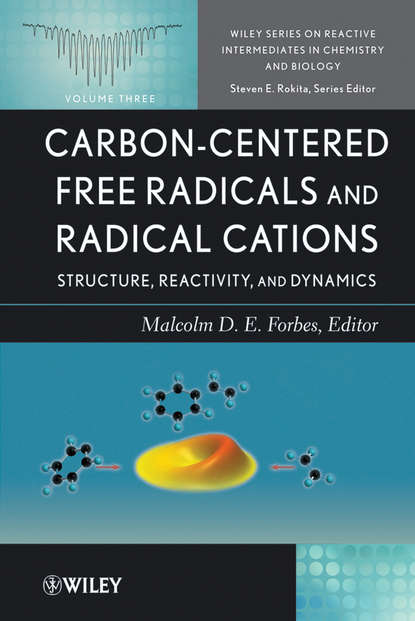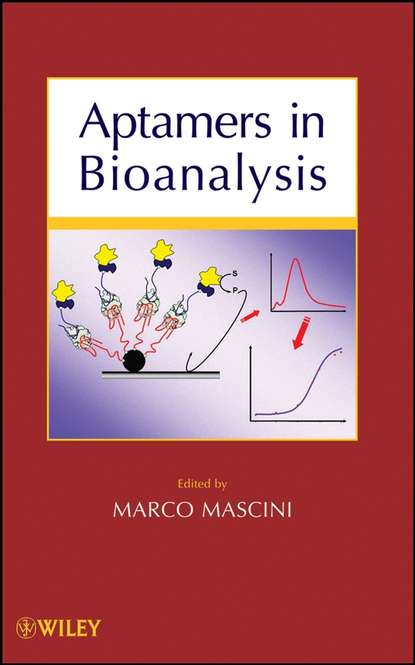Книга "Carbon-Centered Free Radicals and Radical Cations. Structure, Reactivity, and Dynamics" посвящена изучению карбоцентрированных радикальных промежуточных соединений. Она охватывает самые современные вычислительные и экспериментальные методы изучения этих соединений. Авторы книги помогают читателям полностью использовать синтетическую возможность этих промежуточных соединений для получения химических соединений и фармацевтических продуктов. Кроме того, книга помогает читателям лучше понять их роль в сложных атмосферных реакциях и биологических системах.
Книга начинается с краткой истории свободнорадикальной химии, а затем охватывает теорию, механистическую химию, молекулярную структуру и механизм, фотохимические методы, спектроскопические исследования радикальной структуры и кинетики, а также радикальную химию в макромолекулах. Каждая глава, написанная одним или несколькими ведущими экспертами, ясно и кратко объясняет сложные концепции, с ссылками на дополнительное исследование отдельных тем. Авторы были выбраны, чтобы дать представление о широком спектре тем, включая синтез малых молекул, деградацию полимеров, вычислительную химию, а также высокодетальную экспериментальную работу в твердом, жидком и газовом состояниях.
Эта книга необходима студентам или исследователям, интересующимся пониманием роли карбоцентрированных радикальных промежуточных соединений в сложных системах и том, как они могут быть использованы для разработки широкого спектра полезных продуктов.
Электронная Книга «Carbon-Centered Free Radicals and Radical Cations. Structure, Reactivity, and Dynamics» написана автором Malcolm Forbes D. в году.
Минимальный возраст читателя: 0
Язык: Английский
ISBN: 9780470584101
Описание книги от Malcolm Forbes D.
Covers the most advanced computational and experimental methods for studying carbon-centered radical intermediates With its focus on the chemistry of carbon-centered radicals and radical cations, this book helps readers fully exploit the synthetic utility of these intermediates in order to prepare fine chemicals and pharmaceutical products. Moreover, it helps readers better understand their role in complex atmospheric reactions and biological systems. Thoroughly up to date, the book highlights the most advanced computational and experimental methods available for studying and using these critically important intermediates. Carbon-Centered Free Radicals and Radical Cations begins with a short history of the field of free radical chemistry, and then covers: A discussion of the relevant theory Mechanistic chemistry, with an emphasis on synthetic utility Molecular structure and mechanism, focusing on computational methods Spectroscopic investigations of radical structure and kinetics, including demonstrations of spin chemistry techniques such as CIDNP and magnetic field effects Free radical chemistry in macromolecules Each chapter, written by one or more leading experts, explains difficult concepts clearly and concisely, with references to facilitate further investigation of individual topics. The authors were selected in order to provide insight into a broad range of topics, including small molecule synthesis, polymer degradation, computational chemistry as well as highly detailed experimental work in the solid, liquid, and gaseous states. This volume is essential for students or researchers interested in building their understanding of the role of carbon-centered radical intermediates in complex systems and how they may be used to develop a broad range of useful products.



















